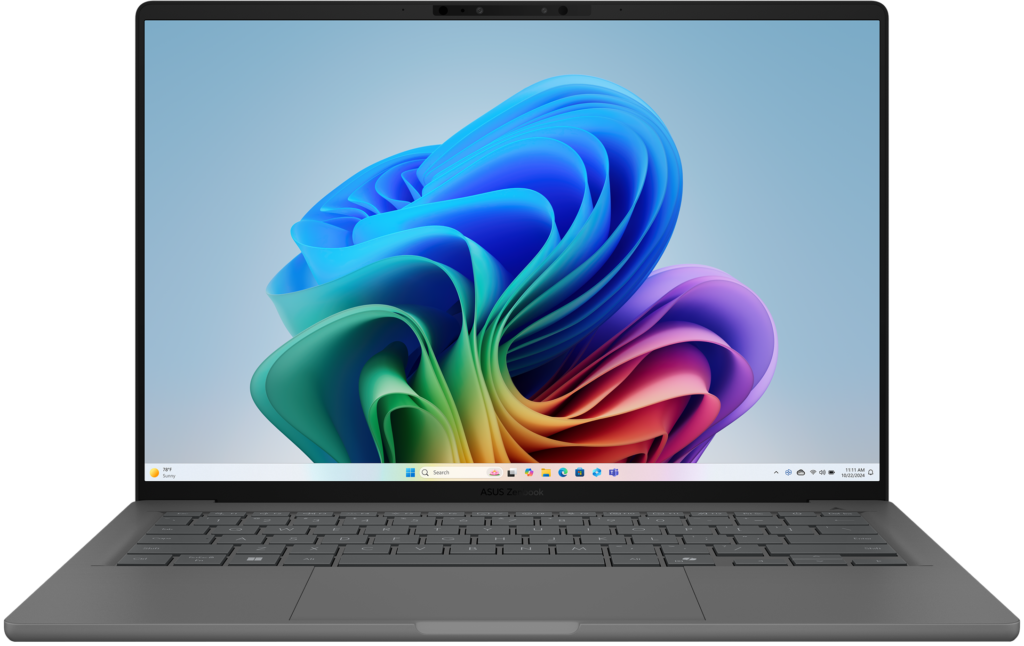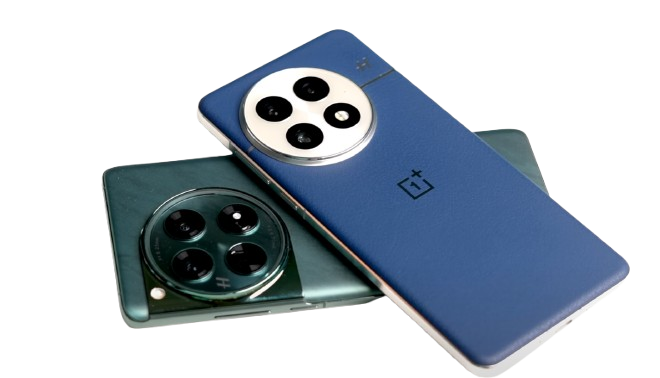The new Asus Zenbook A14 breaks boundaries with its incredible lightness and endurance, but does it sacrifice too much in pursuit of portability?
In an era where laptop manufacturers constantly push the boundaries of what’s possible, Asus has achieved something remarkable with their new Zenbook A14. As their lightest Zenbook ever and their first Snapdragon-powered entry in the series, this ultraportable laptop promises to revolutionize mobile computing. With a starting price that matches its feather-light weight at $899, could this be the ultimate travel companion for productivity-focused users? Let’s dive deep into what makes this laptop special – and where it might fall short.
Key Specifications
| Feature | Details |
|---|---|
| Processor | Snapdragon X Series (X1 12600 to X Elite) |
| Display | 14-inch 1920 x 1200 (16:10) |
| Screen Options | IPS or OLED (400 nits, up to 550 nits HDR) |
| Weight | Starting at 899g (974g as tested) |
| Battery | 50Wh or 70Wh options |
| RAM | 16GB or 32GB |
| Ports | 2x USB 4, 1x USB 3.2 Type-A, HDMI 2.1, 3.5mm audio |
| Price | Starting at $899 |
Design and Build Quality: A Lightweight Marvel
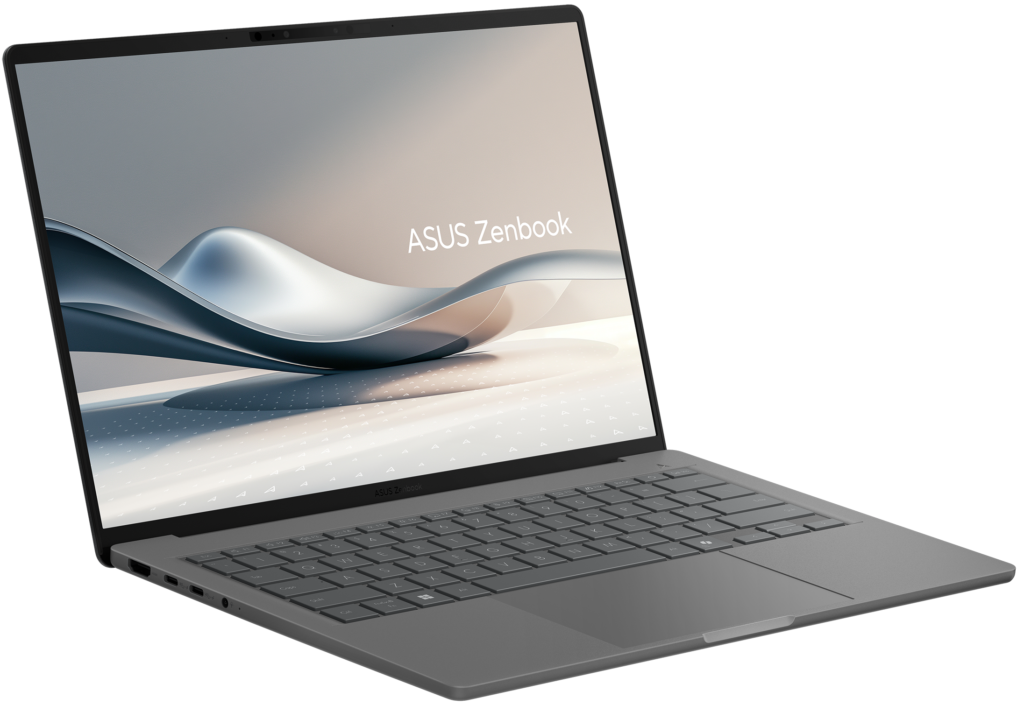
The Asus Zenbook A14 represents a significant milestone in laptop engineering. Weighing just 899g in its lightest configuration (974g as tested), it’s approximately 250g lighter than the MacBook Air 13-inch – an already impressively light laptop. This achievement becomes even more remarkable when you consider its larger 14-inch screen size.
Revolutionary Ser-aluminum Construction
The secret to the A14’s incredible lightness lies in its innovative construction. Asus has introduced what they call “Ser-aluminum” – their first all-ceramic aluminum laptop chassis. This isn’t just marketing speak; the material undergoes a unique ceramization process that fundamentally alters its chemical structure, resulting in several benefits:
- Enhanced durability
- Improved scratch resistance
- Better smudge resistance
- Maintained structural integrity despite the lightweight design
The laptop comes in two sophisticated color options:
- Iceland Gray
- Zisy Beige (with subtle gold undertones)
Build Quality and Design Elements
Despite its ultralight construction, the A14 maintains a premium feel with several standout design features:
The Perfect Hinge: One of the most impressive aspects is the laptop’s hinge mechanism, which offers:
- One-finger opening capability
- Ideal resistance levels
- Premium feel and movement
- Minimal screen wobble
Structural Integrity: While there is some flex when applying pressure to the keyboard deck and screen, it’s remarkably minimal considering the lightweight construction.
Display: Bright Spots and Compromises
The Zenbook A14 offers a 14-inch display with a productivity-friendly 16:10 aspect ratio, but the screen specifications reveal both strengths and limitations:
Display Specifications
| Feature | IPS Model | OLED Model |
|---|---|---|
| Resolution | 1920 x 1200 | 1920 x 1200 |
| Peak Brightness (SDR) | 400 nits | 400 nits |
| Peak Brightness (HDR) | 400 nits | 550 nits |
| Refresh Rate | 60 Hz | 60 Hz |
| Aspect Ratio | 16:10 | 16:10 |
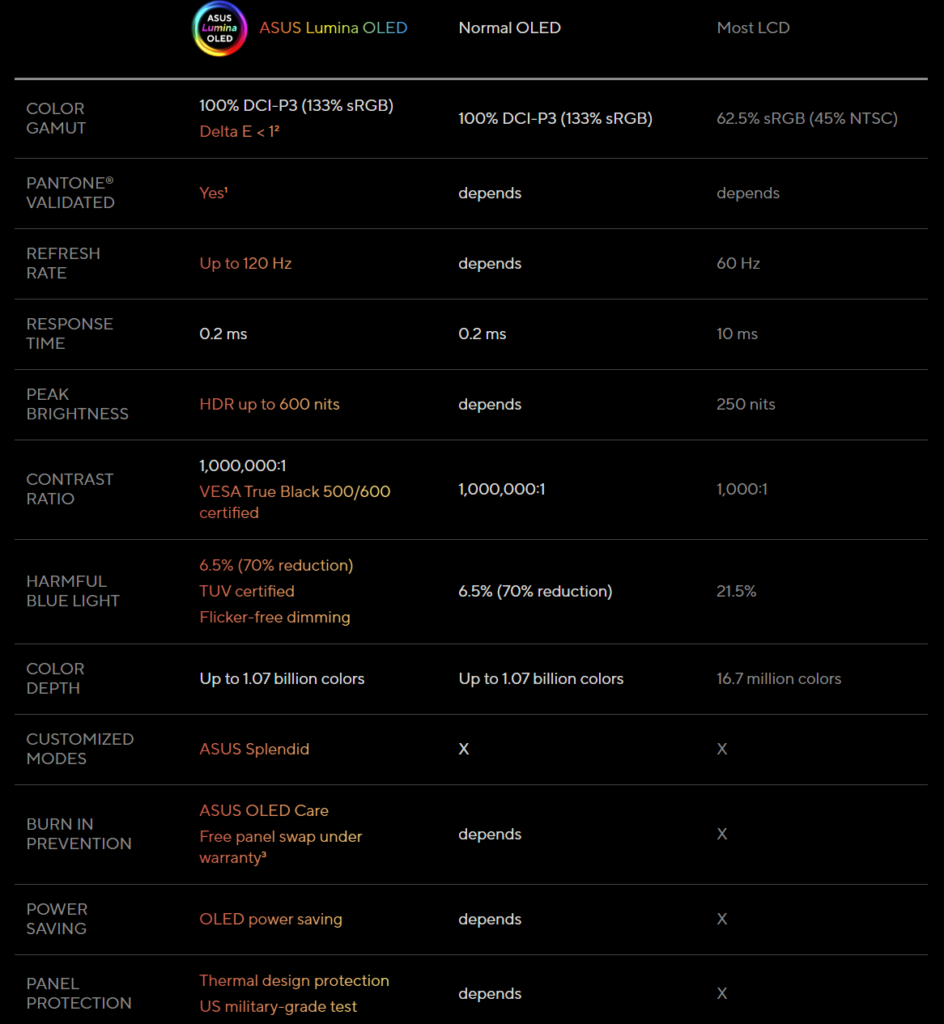
Display Analysis
The screen quality presents a mixed bag of features:
Pros:
- OLED option available with superior contrast
- HDR capability on OLED model
- Productivity-friendly 16:10 aspect ratio
- Full HD+ resolution adequate for size
Cons:
- Limited to 60Hz refresh rate
- Relatively modest brightness levels
- No higher resolution options
- Plastic bezel instead of edge-to-edge glass
Performance and Processing Power
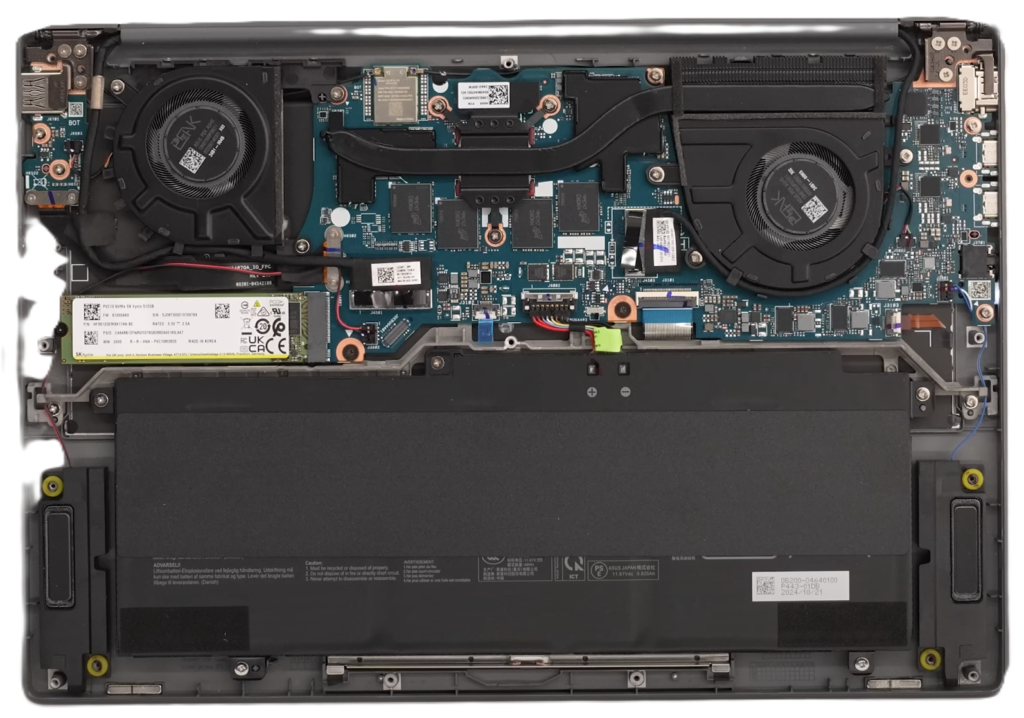
The Zenbook A14 marks Asus’s first venture into Snapdragon-powered Zenbooks, offering several processor options:
Processor Lineup
| Model | Cores | Price Range |
|---|---|---|
| Snapdragon X1 12600 | 8 cores | Starting $899 |
| Snapdragon X+ (Mid-tier) | 10 cores | Mid-range |
| Snapdragon X+ (High-tier) | 12 cores | High-end |
| Snapdragon X Elite | 12 cores | Around $1,500 |
Performance Considerations
The Snapdragon X series brings several advantages:
- Efficient performance
- Cool operation
- Quiet dual-fan cooling system
- 45W sustained power capability
- Integrated NPU with 45 TOPS performance
However, potential buyers should note:
- ARM architecture may affect software compatibility
- Some applications require optimization
- Performance varies based on application optimization
Battery Life: A New Benchmark
Perhaps the most impressive feature of the Zenbook A14 is its extraordinary battery life. In controlled testing conditions (150 nits brightness, efficiency mode, YouTube streaming):
| Device | Battery Life |
|---|---|
| Asus Zenbook A14 | 20+ hours* |
| MacBook Air 13 (M3) | ~13 hours |
| Zenbook S14 (Intel) | ~13 hours |
*Pre-release testing showed the A14 maintaining 30% battery after 15 hours of use
Connectivity and Ports


The A14 offers a practical selection of ports:
| Port Type | Quantity | Features |
|---|---|---|
| USB Type-C 4.0 | 2 | Power Delivery support |
| USB 3.2 Type-A | 1 | Standard USB connectivity |
| HDMI 2.1 | 1 | External display support |
| 3.5mm Audio | 1 | Headphone/microphone |
Notable omissions:
- No SD card reader
- No dedicated ethernet port
Input and Biometrics
Keyboard and Touchpad
- Larger key caps for improved comfort
- Full backlighting
- Anti-smudge coating
- Oversized touchpad with gesture support
- Left side volume control
- Right side brightness control
Webcam and Security
- 1080p AI-enhanced webcam
- IR sensor for Windows Hello
- AI-powered features:
- Automatic framing
- Portrait lighting
- Eye contact correction
- Background effects
- No fingerprint reader
Pros and Cons
| Pros | Cons |
|---|---|
| Incredibly lightweight design | Limited to 60Hz refresh rate |
| Exceptional battery life | Average screen brightness |
| Premium build quality | No SD card reader |
| Efficient Snapdragon processing | Potential software compatibility issues |
| Competitive pricing | No fingerprint reader |
| Excellent hinge mechanism | Some chassis flex |
| OLED display option | No high-resolution options |
| Comprehensive port selection | Plastic screen bezel |
Value and Configuration Options
The Asus Zenbook A14 presents a compelling value proposition with its various configurations:
Base Model ($899):
- Snapdragon X1 12600
- 16GB RAM
- IPS display
- 50Wh battery
- 899g weight
High-End Model (~$1,500):
- Snapdragon X Elite
- 32GB RAM
- OLED display
- 70Wh battery
- 974g weight
Verdict
The Asus Zenbook A14 represents a significant achievement in ultraportable laptop design, successfully balancing extreme portability with practical functionality. While it makes some compromises in display technology and may face software compatibility challenges, its incredible battery life and lightweight design make it an extremely attractive option for frequent travelers and mobile professionals.
Recommended For:
- Business travelers
- Students
- Mobile professionals
- Users prioritizing battery life
- Those seeking maximum portability
Consider Alternatives If:
- You need high refresh rate displays
- You run specialized software
- You require maximum graphics performance
- You need SD card support
Final Score: 8.5/10
The Asus Zenbook A14 earns this score for revolutionizing ultraportable design while maintaining practical usability, despite some compromises in display technology and potential software compatibility considerations.
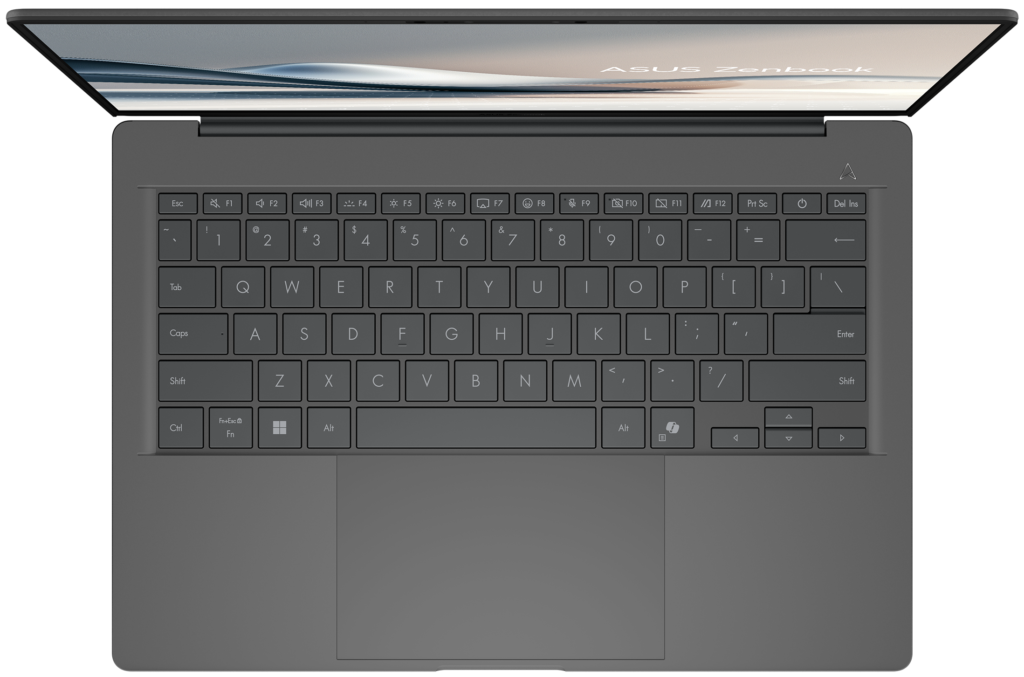
Note: This review is based on pre-release hardware, and final retail units may offer improved performance and features.

